Deck & Commander Strategies
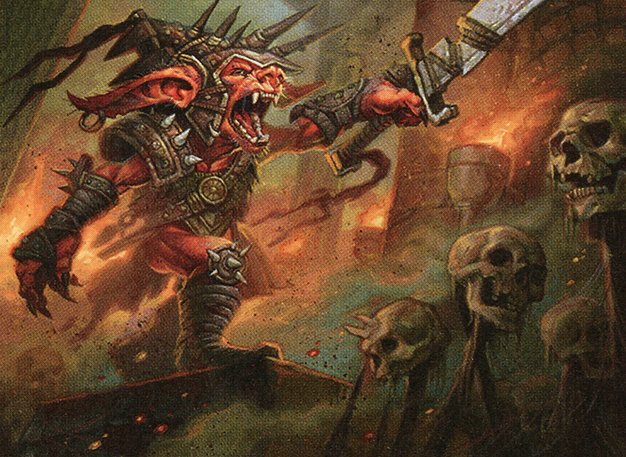
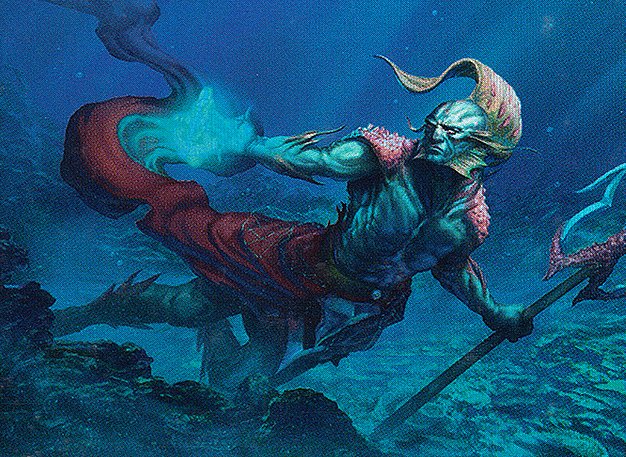
Rograkh, Son of Rohgahh / Thrasios, Triton Hero
Control and resource denial through taxing effects like Mystic Rora, while accumulating card advantage and mana ramp to outvalue opponents in mid to late game. The deck aims to keep opponents' options limited early and then leverage Thrasios's card draw and Rograkh's combat potential to close out the game.

Korvold, Fae-Cursed King
A sacrifice and value engine deck that maximizes card draw and board presence by sacrificing permanents to draw cards and grow Korvold. The deck relies on explosive mana acceleration and powerful artifacts but is vulnerable to early disruption and taxing effects.

Kinnan, Bonder Prodigy
Mana ramp and combo focused, leveraging artifact and creature synergies like Devoted Druid to generate infinite or large amounts of mana, which then fuel game-winning spells or combos. Kinnan aims to accelerate quickly and finish the game with overwhelming board presence or combos.
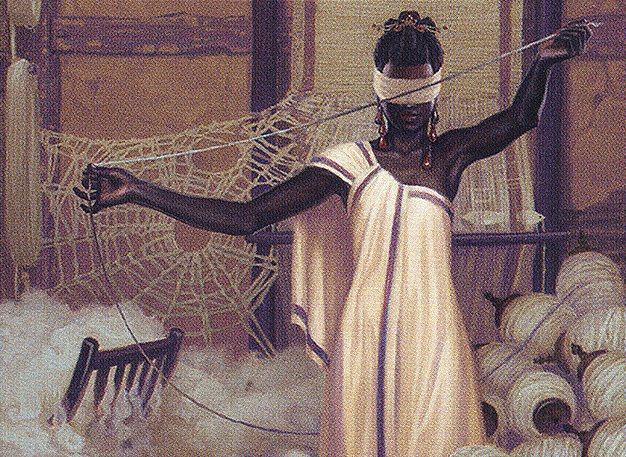
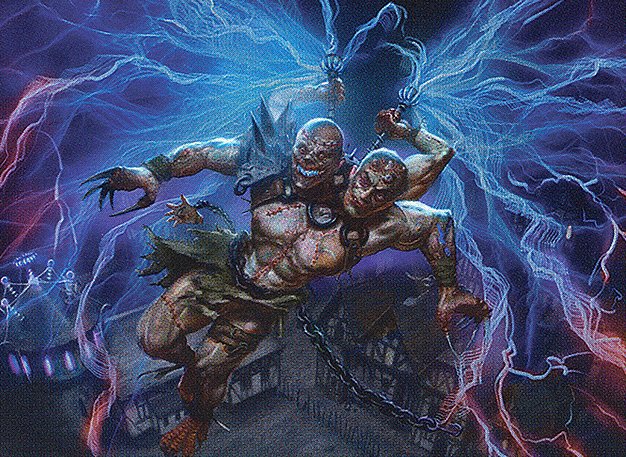
Tymna the Weaver / Kraum, Ludevic's Opus
Card draw and aggressive value generation through combat damage and spellcasting. This deck utilizes Tymna's and Kraum's abilities to draw cards, maintain pressure, and create incremental advantage to outpace opponents in card quality and quantity.
Gameplay Insights
- 1
Maintaining Mystic Rora for five turns was a key strategic move to tax opponents and slow down their development, forcing them into a resource-denial scenario.
- 2
Rograkh/Thrasios's patience in not feeding the fish allowed them to build a strong hand and board presence, controlling the tempo of the game.
- 3
Korvold's explosive mana and artifact hand was hampered significantly by Mystic Rora, demonstrating how taxing effects can disrupt combo-oriented decks.
- 4
Kinnan's use of Devoted Druid and artifact synergy hinted at potential infinite mana combos, showing the importance of setting up synergies quietly before going off.
- 5
The eventual removal of Mystic Rora by Force of Vigor was a critical turning point, freeing the board and enabling all players to start executing their strategies more freely.
Notable Cards
-

Devoted Druid
-
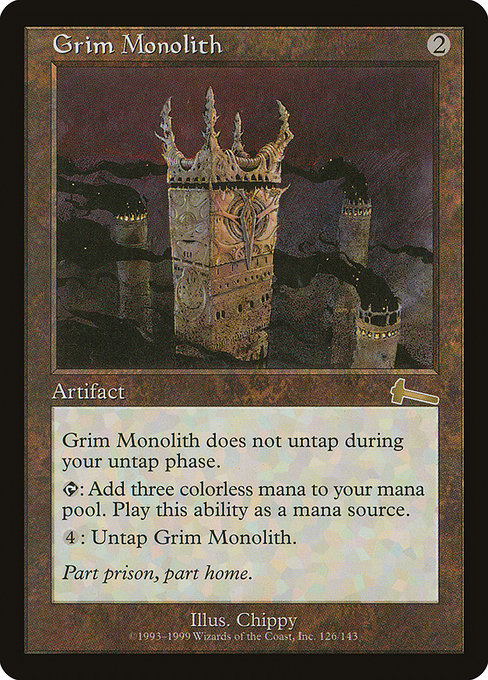
Grim Monolith
-
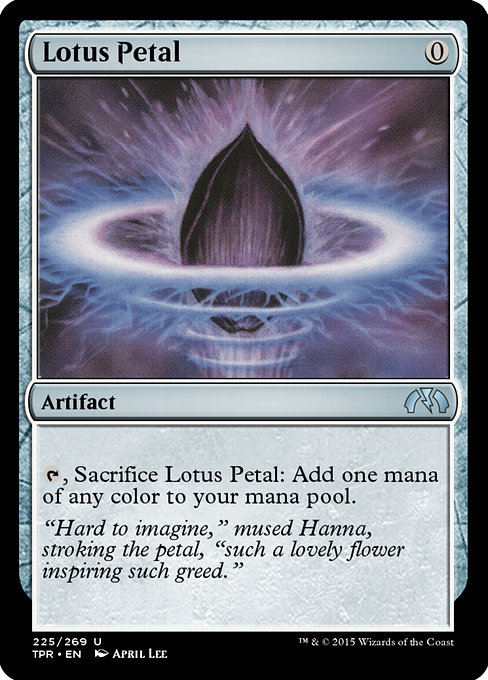
Lotus Petal
-
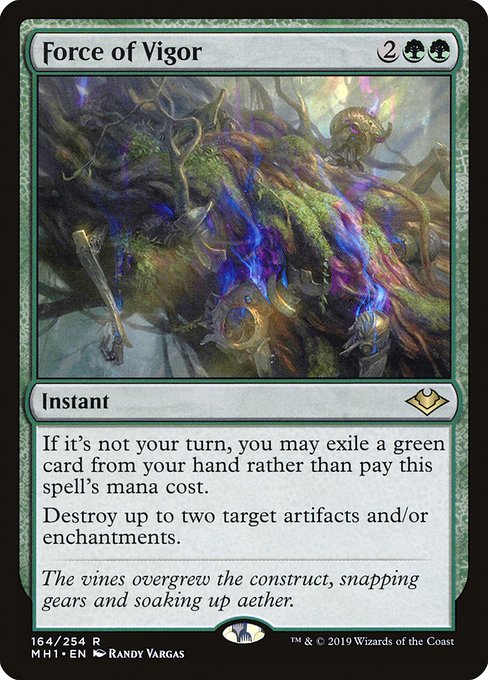
Force of Vigor
-
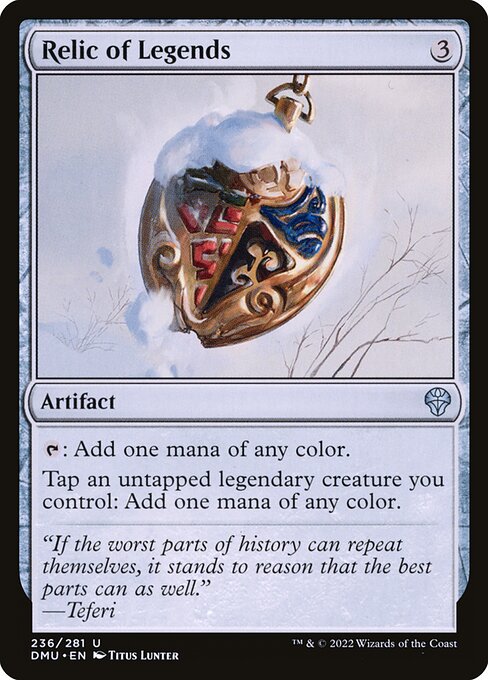
Relic of Legends
Gameplay Summary
The game started with a strong emphasis on resource management and careful pacing, largely influenced by a persistent Mystic Rora, commonly referred to as "the fish," played by the Rograkh/Thrasios player.
This card taxed all opponents each turn, forcing them to either pay the cost or hold back on playing spells, which slowed the pace of the game considerably.
Rograkh/Thrasios leveraged this control to maintain a grip full of cards and build up their board, gradually developing their position without feeding the fish.
The other players, including Korvold, Kinnan, and Tymna/Kraum, cautiously navigated their early turns, often passing or making minimal plays to avoid strengthening Rograkh/Thrasios’s advantage. A pivotal moment occurred when Rograkh/Thrasios finally had to feed the fish after about five turns, breaking the taxing effect but also freeing other players to deploy more threats.
The Korvold player struggled to manage their explosive hand due to the fish's pressure, delaying their powerful plays like Grim Monolith or Lotus Petal.
Meanwhile, Kinnan demonstrated synergy with Devoted Druid and artifact combos, setting up potential infinite mana interactions.
Tymna/Kraum focused on card draw and incremental advantage, deploying commanders and creatures to start pressuring the board.
The game was marked by a tense balance between aggression and resource denial, with all players vying for control and top-four tournament spots.
The removal of the Mystic Rora opened the board state for more dynamic plays and forced players to engage more actively, setting the stage for decisive combat and combo turns.

































